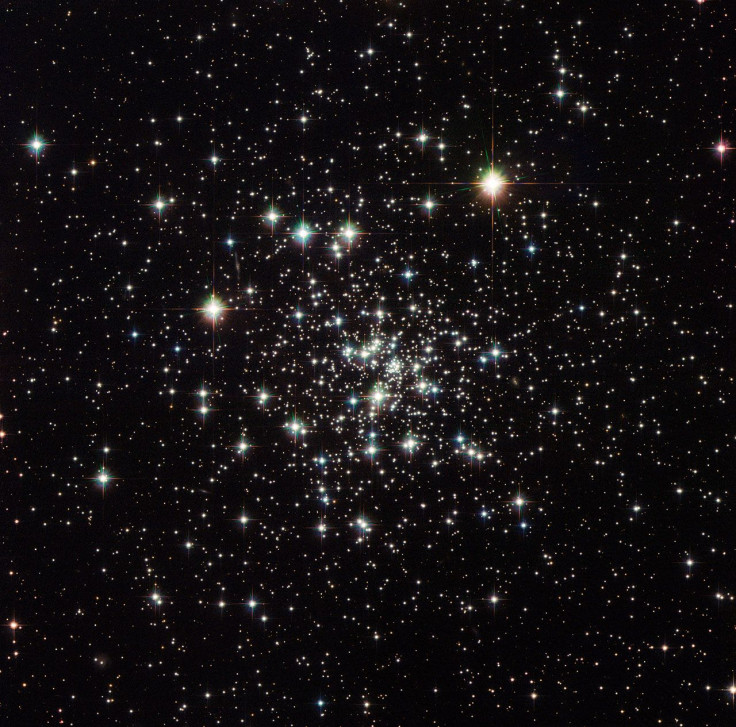Where Do Aliens Call Home? Star Clusters Could Be A Great Place To Find Life

Densely packed neighborhoods of stars, known as globular clusters, could be the best place to find civilizations of intelligent life, according to a study released Wednesday. The researchers believe these ancient stellar clusters — many formed 10 billion years ago — could host planets that are also billions of years old. The close proximity of stars within these clusters could also be beneficial to the development of alien civilizations.
Globular clusters were thought to be poor candidates in the search for life in the Milky Way and in the universe, according to researchers from the Harvard-Smithsonian Center for Astrophysics (CfA). The clusters get their name due to the high density of stars bounded together by gravity. A neighboring star could be quite the disruptive force if it travels too near a planet orbiting another star. Additionally, because of the age of the stars within globular clusters, these areas lack the heavy elements necessary for planetary formation.
"A globular cluster might be the first place in which intelligent life is identified in our galaxy," lead author Rosanne DiStefano, from CfA, said in a statement.
Despite what seems like an unlikely place for alien civilization, the potential drawbacks are actually conducive to the development of intelligent life. The habitable zone of a star — the area around the star where liquid water could form, also known as the "Goldilocks zone" because it's just right — within a globular cluster is much closer to the star than it would be for a larger star like the sun. Because the planet would have to orbit closely around its host, there is less threat from a neighboring star.
Additionally, these nearby stars — approximately 1 trillion miles away — are an easy distance to cover for cosmic conversations. Traveling to a nearby star would also be easier. "Sending a broadcast between the stars wouldn't take any longer than a letter from the U.S. to Europe in the 18th century," DiStefano said.
Globular clusters in the Milky Way are thousands of light-years away, but researchers could use radio telescopes to search for any broadcasts sent by an advanced civilization. Researchers could also attempt to find planets within globular clusters by measuring any dips in brightness. When a planet orbits in front of its star, it causes the star to dim. Researchers regularly use this method to find planets. The research was presented at the 227th meeting of the American Astronomical Society.
© Copyright IBTimes 2024. All rights reserved.





















